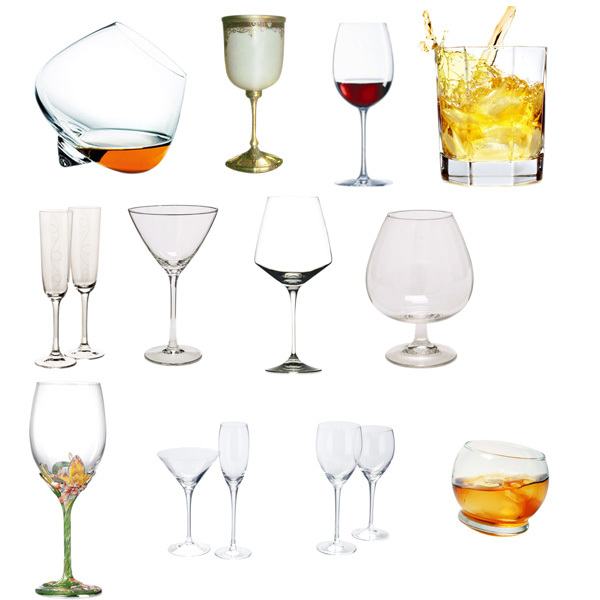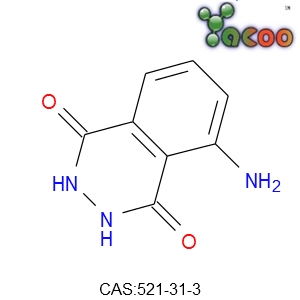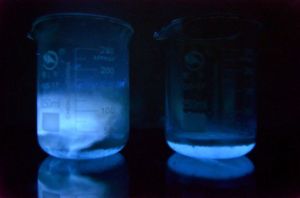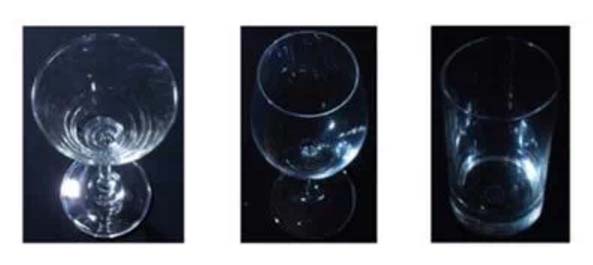For ordinary people, we may take a cup for drinking randomly, but for the sommelier, the match of wine and glass has a lot of stories.

So what is the difference between glasses in different sizes and shapes? How to observe the difference with naked eye?
Researchers discovered a method—recording the evaporation of alcohol by a camera through the chemiluminescence reagent luminol.

Luminol, the chemical name is 3-aminophthalhydrazide. It is commonly used at the scene of the crime to reveal very tiny amounts of blood that the naked eye can not observe. It emits compelling blue light as long as reacting with the proper oxidant. In the study of alcohol volatilization, where is the oxidants?—enzymatic reaction.

The researchers built their reaction system on a one-millimeter thick cotton-fleece with alcohol oxidase, horseradish peroxidase, luminol (CAS 521-31-3) and other ingredients. Ethanol could be changed into aldehydes and hydrogen peroxide with alcohol oxidase, then hydrogen peroxide could be catalyzed to produce oxygen with horseradish peroxidase. Luminol's luminescent reaction can be carried out under the action of oxygen. As a result, the concentration of volatile alcohol will be turned into light signal in different intensity.
The researchers examined three different shapes of wine glasses—red wine glass, inverted tapered martini glass and ordinary glass:

The results showed that the temperature and shape of the glasses have an impact on the wine's volatile mode. At lower temperatures (13°C), the wine in the wine glass forms a "Volatile Ring" above the rim of the cup. However, in the high temperature, or with martini glass, or ordinary glass, such "Volatile Ring" phenomenon is not obvious. “Volatile Ring” phenomenon allows us to enjoy the aroma of wine without being affected by the smell of alcohol.
In the future, this technique can also help us to find out the shape of the glass that best suit a particular wine and the serving temperature, so that the flavor of the wine can be fully enjoyed.
Luminol (Model No.: L0031) not only can be used for criminal detection and clinical luminescence immunoassay, which is a novel ultramicro analysis technique established by combining luminescence analysis with immune response. Now, we found that it can also be used in the choice of wine glass. And whether it has additonal functions in other fields? It may be found by researchers in the future.
Copyright © Suzhou Yacoo Science Co., Ltd. All Rights Reserved
Friendly Links :
online service